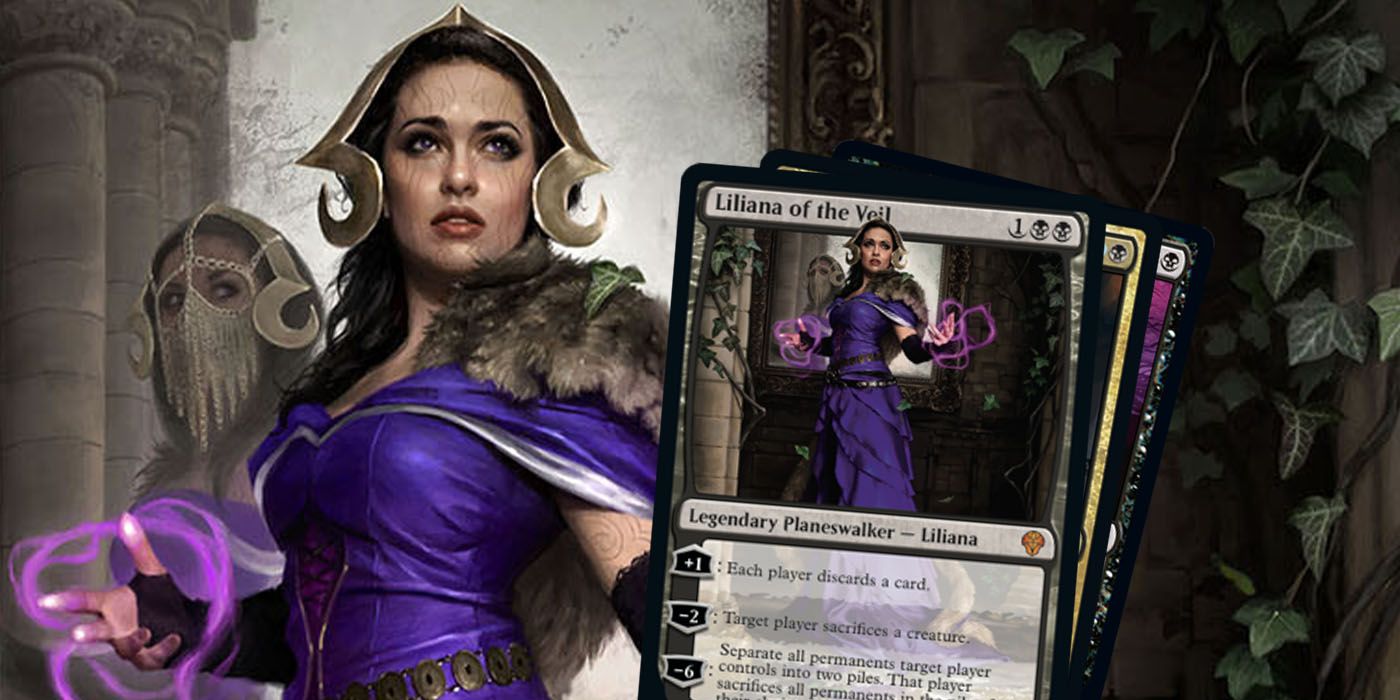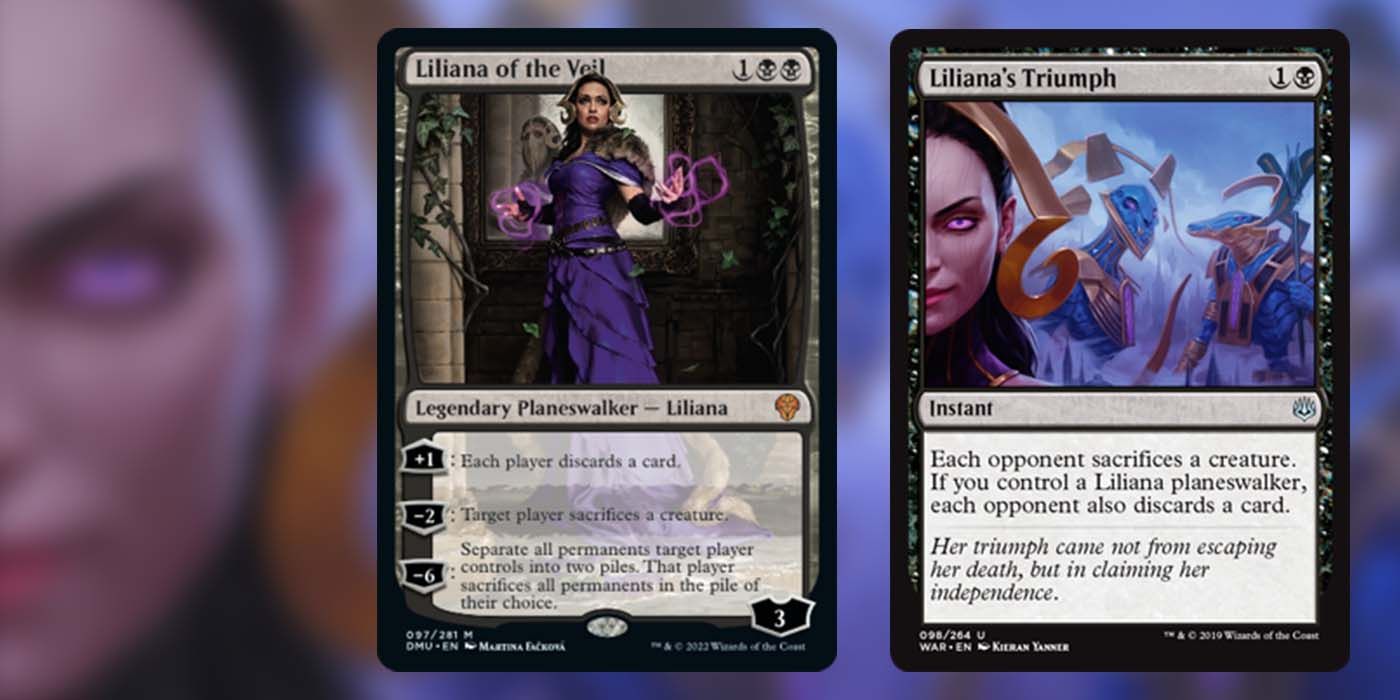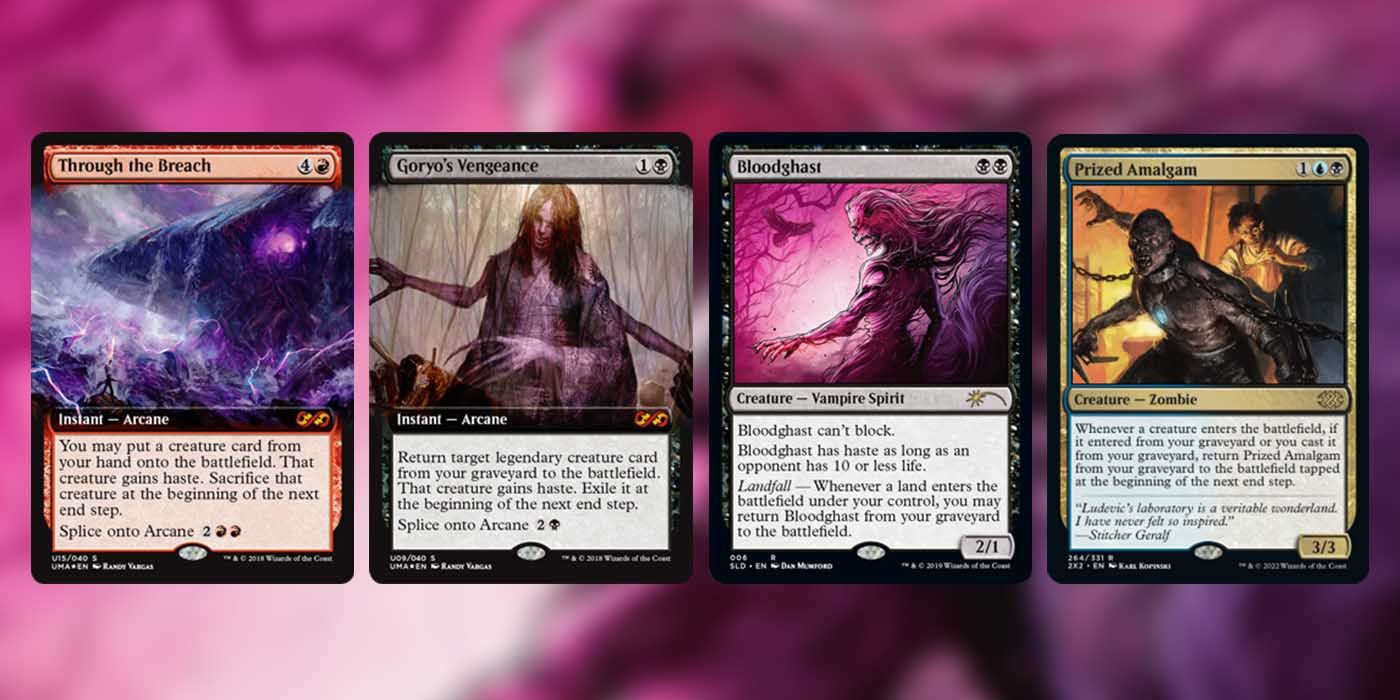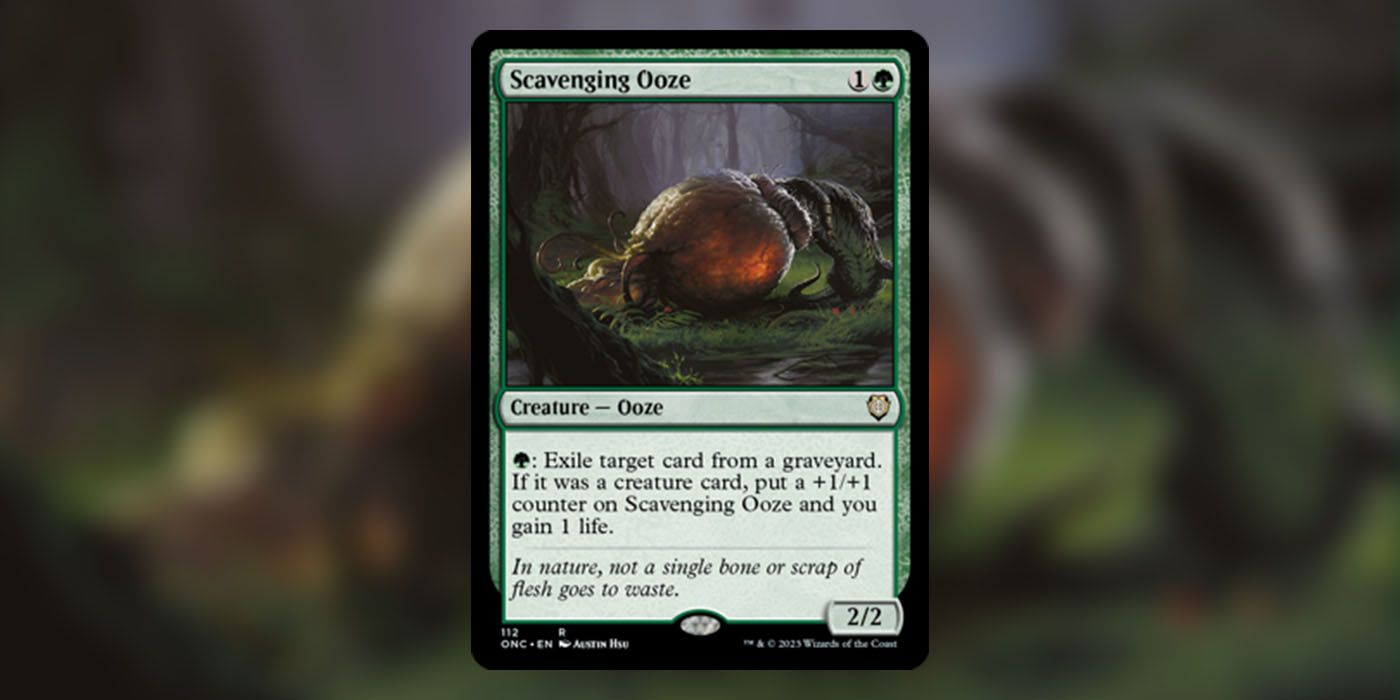Magic: The Gathering is a deep and highly complex trading card game with a vast multitude of interesting mechanics. One that sets MTG apart from other TCGs is its Graveyard, and it's far more than a simple discard pile. In MTG, when players cast spells or lose creatures in battle, they put these cards a single face-up pile next to their library called the Graveyard. Many cards in MTG interact with the Graveyard, and for lots of decks, the Graveyard isn't the end -- it's the beginning.
All five colors in MTG can make use of the Graveyard, with multiple spells and effects that return cards to the player's hand or battlefield. Above all, black cards make the most use of the Graveyard, with numerous spells that let players give new life to creatures destroyed in battle. Many competitive MTG decks effectively use the Graveyard as a second library, and players can cast aggressive cards like Tenacious Underdog from the Graveyard every turn for its Blitz cost, which is a formidable threat. Here's how to get the most out of MTG's Graveyard, one of the game's most crucial mechanics.
Discard and Mill Effects Are Ideal for Stocking the Graveyard
For players to get the most out of their Graveyard, they need to keep it stocked with plenty of cards. All formats, including MTG's most-played format, Commander, as well as Standard, Modern and Legacy, feature lots of spells that send cards straight to the player's own Graveyard. Cards with discard mechanics, like the Planeswalker Liliana of the Veil, are slow but reliable. Liliana's +1 ability forces both players to choose one card to discard, and can be used once per turn. Not only is this great disruption for the opponent, players can use the ability to selectively discard their best creatures, then reanimate them later.
There are many more options to reliably discard specific cards, like the red spells Faithless Looting and Tormenting voice, or creatures like Spellshapers, which always come with an activated ability that provides an effect in exchange for discarding a card. Alternatively, for players wanting to target one specific card in their deck, Entomb is a great choice, as it allows players to search their library for a card and put it directly into the Graveyard.
For a quantity-over-quality approach, mill effects are a solid option. Milling forces the player to put cards directly from the top of their library into the Graveyard. Some cards mill lots of cards in exchange for other effects, adding lots of cards to the Graveyard in the process. Mill decks add a fun level of risk-reward gameplay to MTG, as players need to ensure they don't accidentally mill too many cards, or they risk losing important combo pieces, like the cards that reanimate creatures. Players don't get to choose the cards they discard, so they should design their decks accordingly.
Recursive Creatures & Reanimation Provide Extra Resources
Experienced players use the Graveyard effectively to make sure they never run out of resources, giving them much more staying power than their opponent and a significant advantage in the long-game. Certain "recursive" creatures even have abilities that enable them to be cast from the Graveyard multiple times. Bloodghast and Prize Amalgam are both extremely powerful cards in Dredge decks, common in the Modern format. Players can use their abilities to cast them again and again, meaning Dredge archetypes can outlast most others.
Additionally, reanimation effects like Goryo's Vengeance and Animate Dead are perfect for returning a big threat from the Graveyard to the battle, like Griselbrand or Jin Gitaxias. But making good use of the Graveyard isn't just about big threats, as smaller effects can add up over the course of a game. Creatures with Flashback are a great example, like Lingering Souls and Think Twice, which cast from the Graveyard for their Flashback cost. One extra cast isn't much on its own, but over an entire game, having access to the same resources multiple times garners a significant advantage in MTG.
Play Around MTG Cards That Counter the Graveyard
Players should be aware that Graveyard strategies are vulnerable to effects like Exile, which is particularly common in MTG's meta across all formats. Scavenging Ooze is a powerful low-cost creature that Exiles a card from a Graveyard, so players should be cautious not to leave their most powerful creatures in the graveyard for too long before reanimating them, particularly if they need one or two specific creatures to win the game.
In formats with a Sideboard, like Standard, Modern and Legacy, players usually include a few anti-Graveyard cards just in case they're needed, so Graveyard players are advised to be proactive and switch things up if necessary. It's always advisable to have an alternate win-condition on-hand, or at least a few cards that could counter the opponent's strategies instead.
The Graveyard is one of MTG's most iconic mechanics, and there's so much potential for creative and powerful synergies. Players considering a Graveyard deck are advised to keep their Graveyards well-stocked with Discard or Mill effects, make good use of recursive creatures like Bloodghast or reanimation effects like Animate Dead, and be wary of hard counters like Scavenging Ooze.




